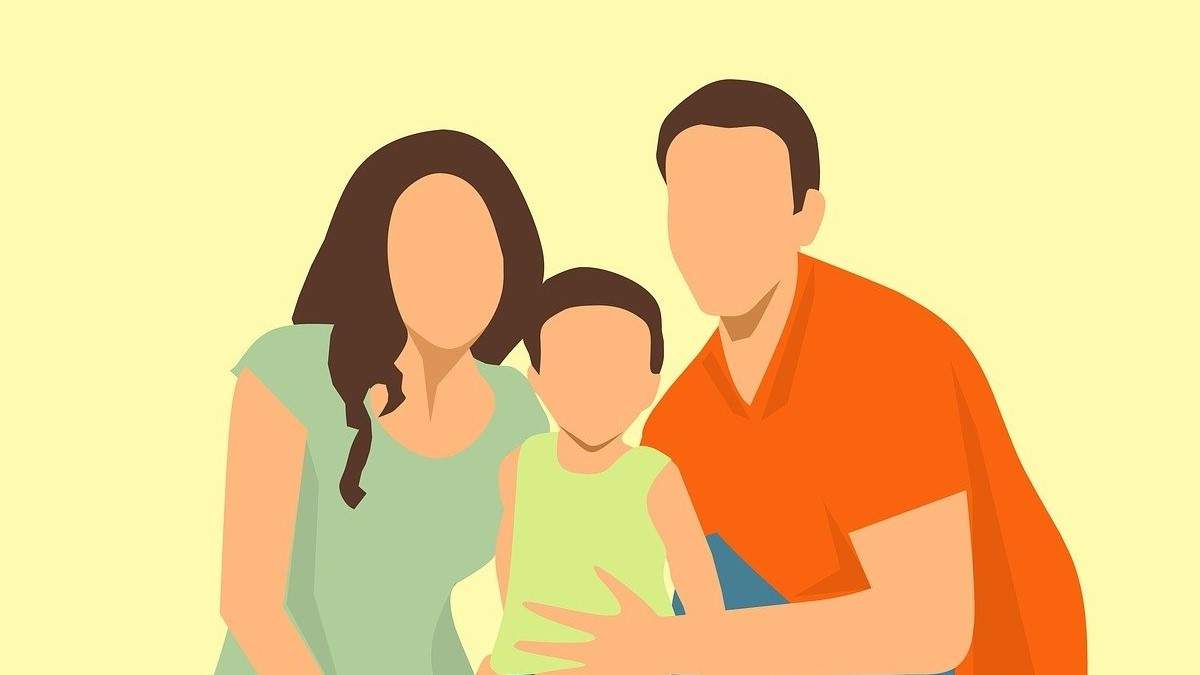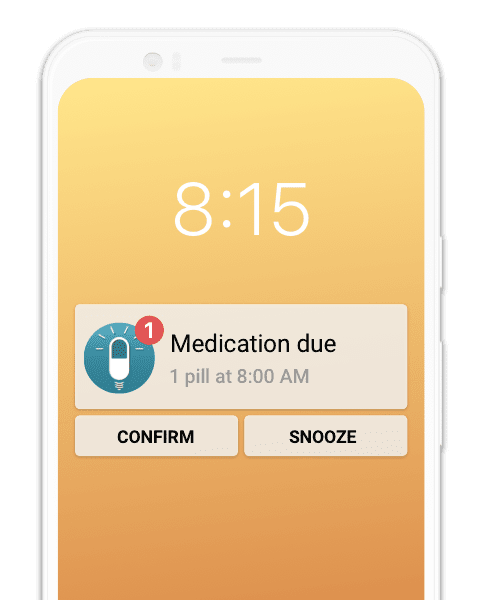If you’ve never heard of PURA syndrome, you’re not alone. It’s a very rare condition, although the number of diagnosed cases is growing, likely due in part to the recent nature of its discovery. Some researchers estimate that it could make nearly 1% of developmental disorders. Of course, this is still a tiny fraction of the population, but it’s enough that it’s worth learning more about. That’s why today’s blog will give you a rundown on what you should know about this rare condition.
What PURA syndrome is and how it’s caused:
PURA syndrome was only discovered in 2014, making the research available around it somewhat sparse. It’s also likely that cases in the past were misdiagnosed as other developmental disorders. Some diseases with similar characteristics include central hypoventilation syndrome, Pitt-Hopkins syndrome, myotonic dystrophy, Rett syndrome, and several other developmental disorders. While we know that PURA syndrome is rare, the chance to misdiagnose it may mean that it isn’t quite as rare as current numbers suggest. What we do know is that PURA syndrome is characterized by severe developmental delays in both mental and physical capacities.
Mutations in the PURA gene, a gene responsible for manufacturing a protein known as Pur-alpha, are responsible for PURA syndrome. It’s not entirely known how mutations in the PURA gene cause the disorder, but it’s likely due to reduced production of Pur-alpha, in turn impairing brain and nervous system development. This could also explain why a symptom of the disease is seizures, although more research still needs to be conducted before the condition can be completely understood. You can click here if you’re interested in learning more about the PURA gene.
Symptoms and diagnosis of PURA syndrome:
It’s good to know the signs and symptoms of PURA syndrome, as an early diagnosis can greatly help in increasing quality of life. Many signs and symptoms may be similar to those of autism. If you notice signs typical of autism, as well as excessive drowsiness, abnormal body temperature, or an abnormal spine shape, you should speak with your doctor.
Your doctor may recommend, or you may wish to speak with a specialist if there’s reason to believe your child has PURA syndrome. This is because the disease is so new, and most doctors will have no experience with it. Oftentimes, University hospitals are a great place to start, as they are used to dealing with more complex cases and are familiar with the latest research. If you need help finding a disease specialist, you can look here.
If diagnosed, early intervention may lead to surgeries that can greatly help to correct physical birth defects caused by PURA syndrome.
Life expectancy and outlook of PURA syndrome:
One of the most unfortunate aspects of discussing such a recently discovered disease is the lack of long-term research. It’s hard to say what the outlook of the disease is given that almost all diagnosed patients are still very young.
What we do know is that the sooner the diagnosis the better. Likely, any patient with PURA syndrome will have profound developmental difficulties and will require specialist support. As mentioned previously, some physical birth defects may be corrected by surgery. Furthermore, physical, occupational, and speech therapy may help to make it easier to cope with certain developmental challenges.
Supporting someone with PURA syndrome:
If you’re reading this, there’s a chance that you’re the parent of a child recently diagnosed with PURA syndrome, or something similar. Truthfully, it can be a substantial challenge to support someone living with a disease as new and rare as PURA syndrome. One of the best things you can do is find an organization supporting rare diseases or PURA syndrome specifically. One such group is the PURA Syndrome Foundation. This group and others like it can help with the practical aspects of navigating a rare disease, such as finding specialists and working with insurance. More importantly, though, these groups can help you through the often tumultuous mental aspects, by providing a network of patients and families experiencing the same thing you are.
Here are some other articles we think you might enjoy:
Tough Like Taylor: Meet the 3-Year-Old Living with the Rare Disease ‘PURA Syndrome’
MyTherapy and Accessibility: Medication Management for Everyone



